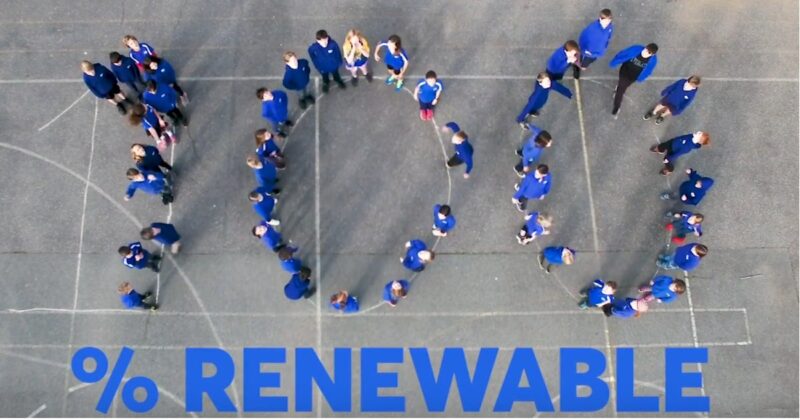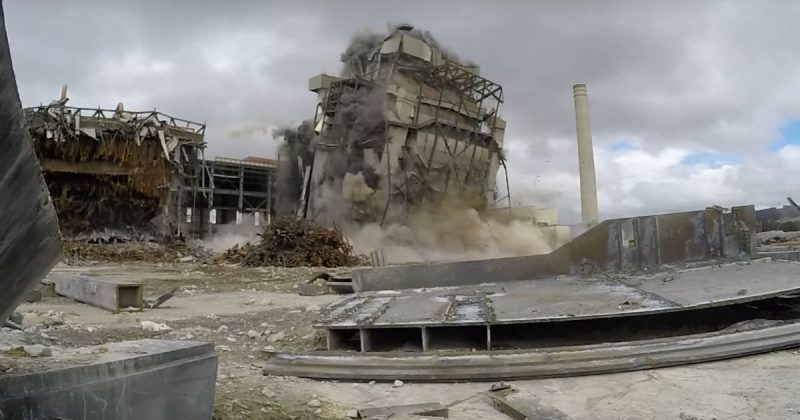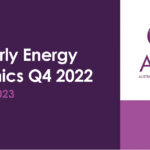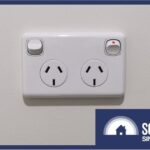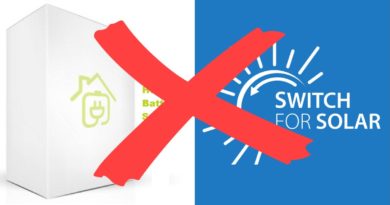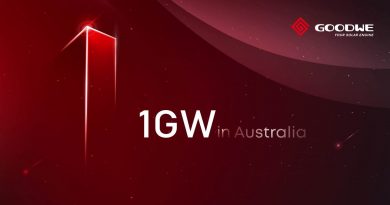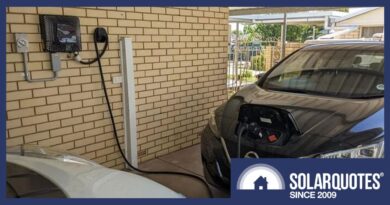ESB NEM Capacity Mechanism Design: Reactions


The Energy Security Board has released its thoughts on a proposed capacity mechanism to help heal what ails the National Electricity Market.
Who/What Is The Energy Security Board?
The Energy Security Board (ESB) was established nearly 5 years ago to coordinate implementation of recommendations from the Independent Review into the Future Security of the National Electricity Market, aka the Finkel Review.
The board is currently comprised of Anna Collyer (Chair) from the Australian Energy Market Commission (AEMC), Clare Savage from the Australian Energy Regulator (AER), and the Australian Energy Market Operator’s (AEMO) Daniel Westerman.
Among the ESB’s tasks is to design a proposed capacity mechanism for the national electricity market (NEM), and it unveiled a high level design for feedback yesterday.
What Is A Capacity Mechanism?
Instead of electricity generators only paid for the electricity they pump into a system, this would also pay them to be available during periods where demand could exceed supply; in theory avoiding situations such as we’ve seen recently with more “Lack of Reserve” notices being issued by the AEMO than you can poke a stick at.
Which Generators Would Be Eligible?
This is where things get particularly thorny. Some logic would dictate that since coal and gas are the reason Australia’s National Electricity Market is in the mess it’s in at the moment, the focus on getting this capacity mechanism in place should be on renewables such as solar energy, wind power and hydro; backed by energy storage.
But the ESB has said:
“The ESB proposes that all resources contributing to capacity requirements be eligible to participate in the capacity mechanism”.
.. so, an “all of the above” approach that could potentially include coal and gas power, which the ESB says could help reduce the risk of a “disorderly transition”. That horse is already bolting as evidenced by recent events and the ESB’s assessment has been received with some trepidation.
CEC: Renewable Energy Focus Critical
The Clean Energy Council says any capacity mechanism must be oriented towards the acceleration of renewables and energy storage to back them.
“Any scheme that ultimately subsidises existing coal plants and unnecessarily prolongs the life of fossil fuel generation that is both high emitting and increasingly unreliable commits Australia to an uphill battle in meeting new climate goals,” stated the CEC. “It will also delay investment in the new renewable generation and storage capacity that is desperately needed, resulting in more price shocks and energy shortfalls.”
SEC: Zero Emissions Option
The Smart Energy Council welcomed the paper, but said all options – including a capacity mechanism focusing on zero emissions generation – should be on the table. It has called on the Albanese Government to instruct the Clean Energy Finance Corporation (CEFC) to prioritise financing for renewable energy storage at all scales.
The Greens: Yeh, Nah.
It won’t come as any surprise the Greens were not impressed with the prospect of coal and gas being paid to be on standby to pollute (more).
“We’re in a climate crisis. We shouldn’t be paying coal and gas corporations to stay in the system any longer,” tweeted Greens leader Adam Bandt. “Coal and gas corporations aren’t the answer to the energy & climate crisis, they’re the cause of it.”
Environment Victoria: Outdated Thinking
Environment Victoria said the only parties that appear to like the idea of coal and gas power participating in the capacity mechanism are the Energy Security Board and the coal and gas industry.
“The federal election overwhelmingly demonstrated that Australians are tired of governments giving handouts to the fossil fuel industry, only to have them turn around and hold us hostage to their profiteering,” said CEO Jono La Nauze.
Solar Citizens Slams Design
Grassroots advocacy group Solar Citizens was not happy with what it read. It wants Energy Ministers to rule out a capacity mechanism that will fund coal and gas, and for the Albanese Government to implement a storage target.
“The new Federal Government has been handballed an energy system in disarray,” stated the group. “It’s now up to them to clean up the mess of the previous government by planning coal closures and accelerating the rollout of renewable energy and storage.”
Chris Bowen: Over To You, States
Speaking of handballing, Federal Climate Change and Energy Minister Chris Bowen indicated it would be up to states to implement things in a way that best suits their circumstances. But this would need to be within framework and complement the Federal Government’s emissions target formally pledged last week to the UN – an emissions reduction of 43 per cent over 2005 levels by 2030.
But the ESB’s paper is not a done deal – the Board will return to Energy Ministers with a draft detailed capacity mechanism design in December 2022 after considering feedback, and that will again be put to stakeholders for further consultation. It will then present its final detailed capacity mechanism design to the Ministers in February next year, including draft legislation and rules.
Original Source: https://www.solarquotes.com.au/blog/esb-capacity-mechanism-mb2521/

